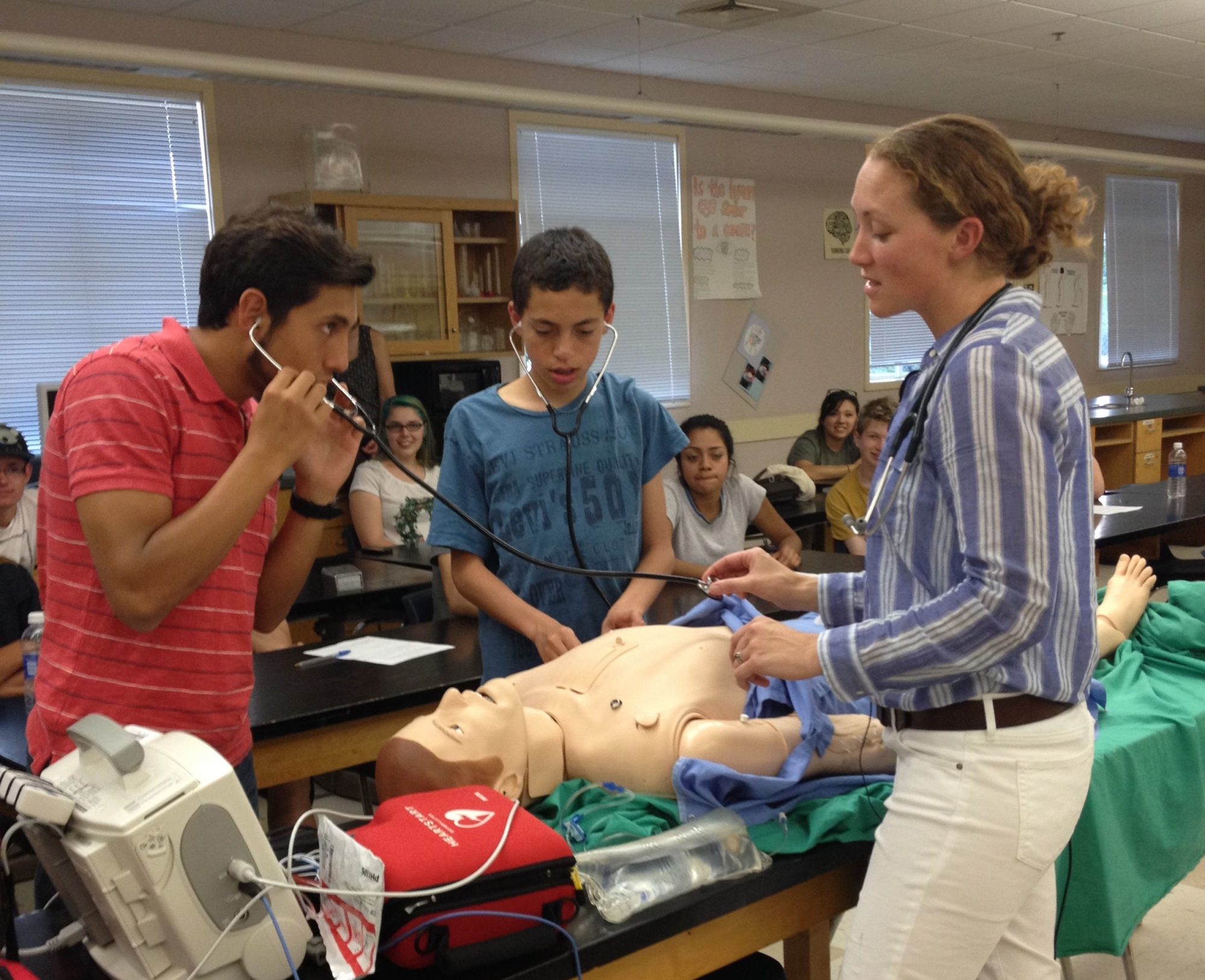During its first two-year mission, NuSTAR will outline certain areas of the sky to take a survey of collapsed stars and black holes by studying the sectors around the center of the Milky Way, and to map new materials in infant supernovae remnants so as to interpret how stars explode and how the elements are formed. Finally, it will explore particles from galaxies which contain extremely large black holes in order to understand “what powers relativistic jets”. The NuSTAR instrument is created from two aligned grazing telescopes with specialized optics and advanced detectors that have a more developed sensitivity to higher energy forces.
 |
| February 19th, 2014 – The first map of radioactivity in the remnant of a supernova. The blue represents the high energy X-rays observed by NuSTAR. |
NuSTAR also studies neutron stars, which are dense remnants of supernovae. It has several programs which analyze the physical make-up and creation of neutron stars.
Finally, NuSTAR examines relativistic jets of radiation and fragments that move around the speed of light, making them some of the most intense sources of X-ray energy in the universe.
 |
| This is an artist’s interpretation of NuSTAR in orbit |
Join us Wednesday, November 12th 2014, to hear Dr. Lynn Cominsky of Sonoma State University discuss NuSTAR and other NASA projects currently being undertaken in SSU’s Astronomy and Physics Department. Join us and learn!

